NETWORK
Race officials roles
The RYA provides a qualification framework for five disciplines of race officials (Judge, Mark Layer, Measurer, Race Officer and Umpire)
Race Officer
The Race Officer (RO) is responsible for the actual conduct of the racing on their course. The RO is an on the water manager, who lets the team get on with their jobs whilst keeping an overview of what goes on around the entire race course. The RO will liaise closely with the Principal Race Officer at larger events. The RO will usually represent the Race Committee at protest hearings and hearings for redress requests, although, exceptionally, this role may be delegated.
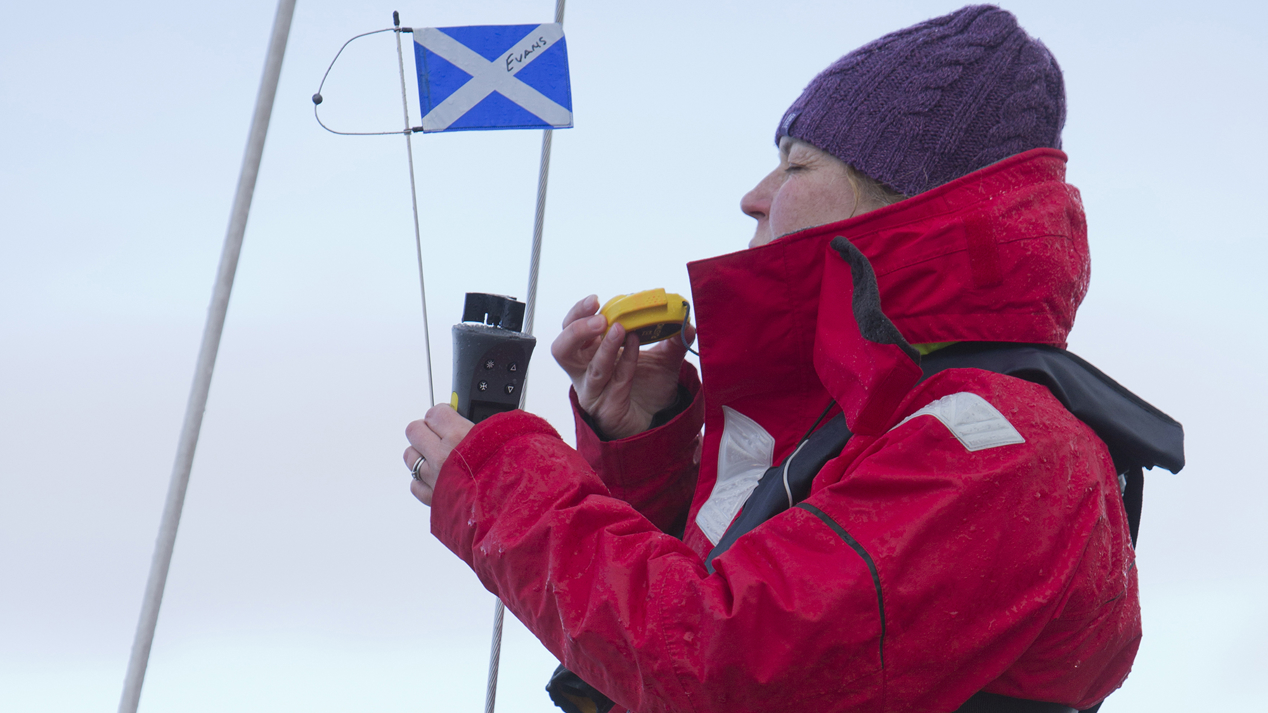
Mark Layer
Mark Layers are an important aid to the Race Officer. They are responsible not only for laying marks to set the course but also giving information to the Race Officer on wind strength and direction across the course area.
Between starting and finishing, the Mark Layers may also be used as a patrol/safety boat, although their main task is to stand by for alterations to the course in the event of a wind change.
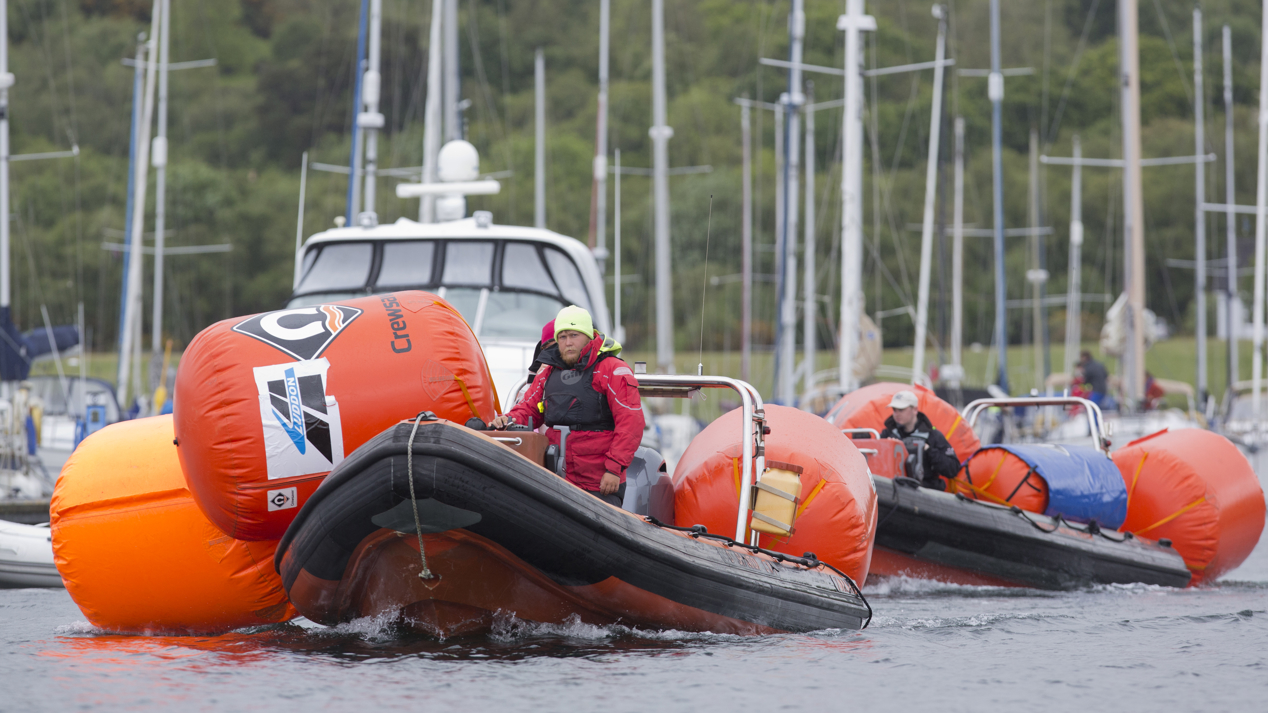
Judge
Judges must have an excellent understanding of the rules that apply between boats when racing.
Judges normally work as a member of a team of three to five people in a protest committee to resolve disputes between boats or between boats and the people responsible for running the competition.
Often Judges are required to spend time on the water monitoring the racing. This can be in an entirely passive role, watching the racing and making notes of any incidents they see or proactively monitor compliance with Rule 42, the rule that governs permitted body movements and penalise at the time any breaches they see.
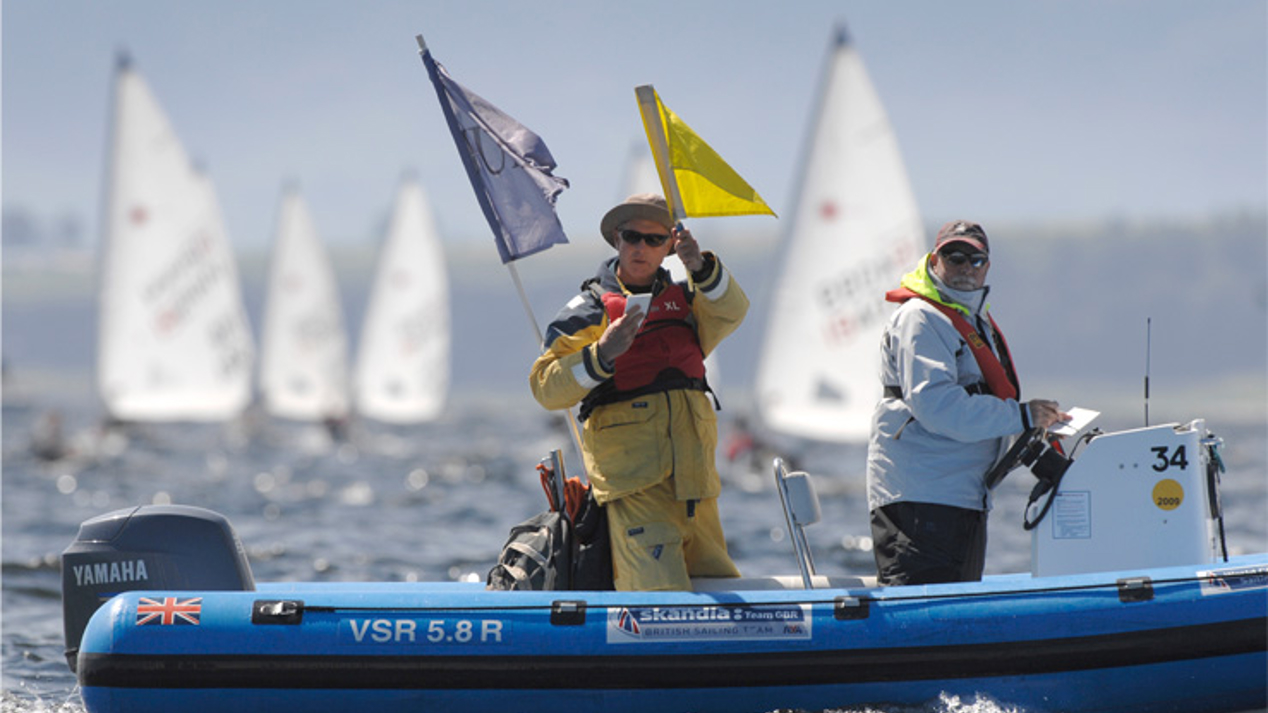
Umpire
Umpires operate on the water and are required to instantly decide any right of way dispute between boats. They do this by following the racing at close quarters in a motor boat observing and gathering facts. When an incident occurs between two boats the Umpires must decide which boat broke a rule and penalise the boat.
Although the majority of an Umpire’s work is afloat, they must also have a good knowledge of protest procedure as they will be called upon to resolve disputes during hearings which will normally take place on some rafted up RIBs afloat. Umpires are typically used in team racing racing, match racing and some league style fleet racing or medal racing so that the winners are known when the boats cross the line.
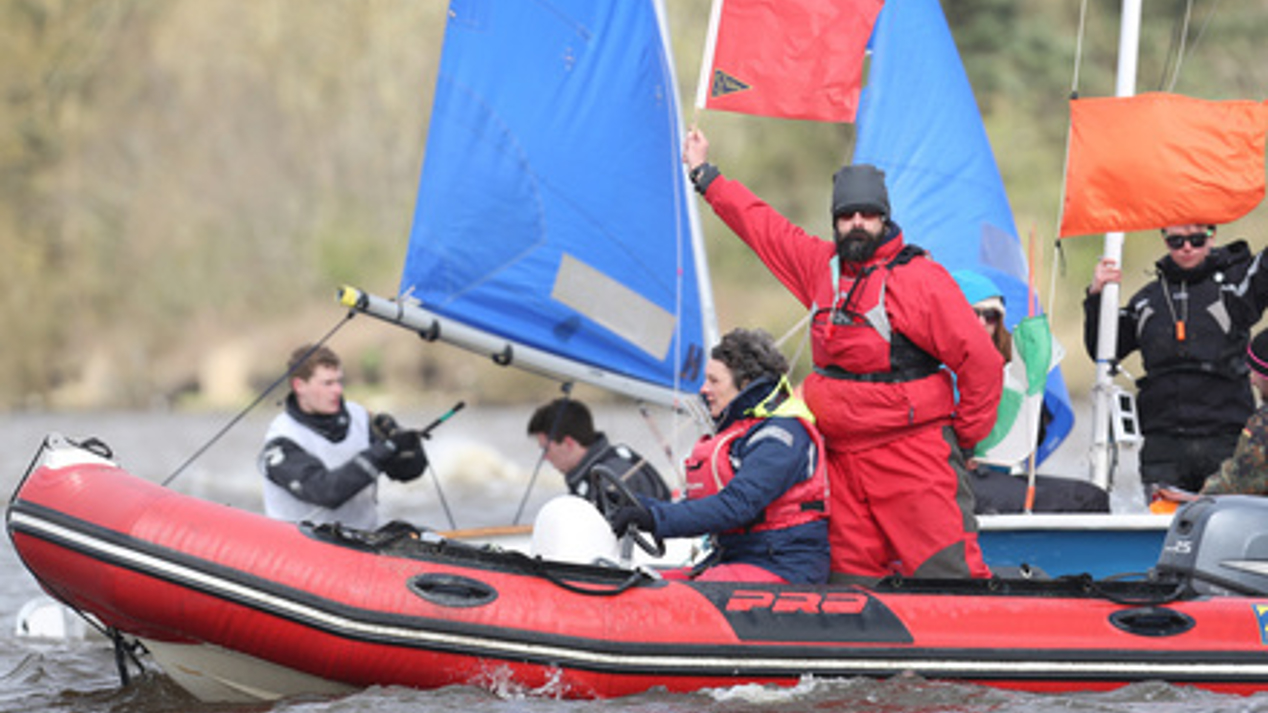
Measurer
An official Measurer is someone who has been appointed by the MNA of the country where the control takes place (the RYA in the UK), to carry out certification control and when the class rules permit, certification.
Their role is not necessarily related to an event and they will likely be required when someone has purchased a new piece of equipment or made a modification. Their role is to check that the equipment complies with the class rules and either certify it by applying a mark or sticker, or to submit a report to the Certifying Authority who can then issue a measurement certificate.
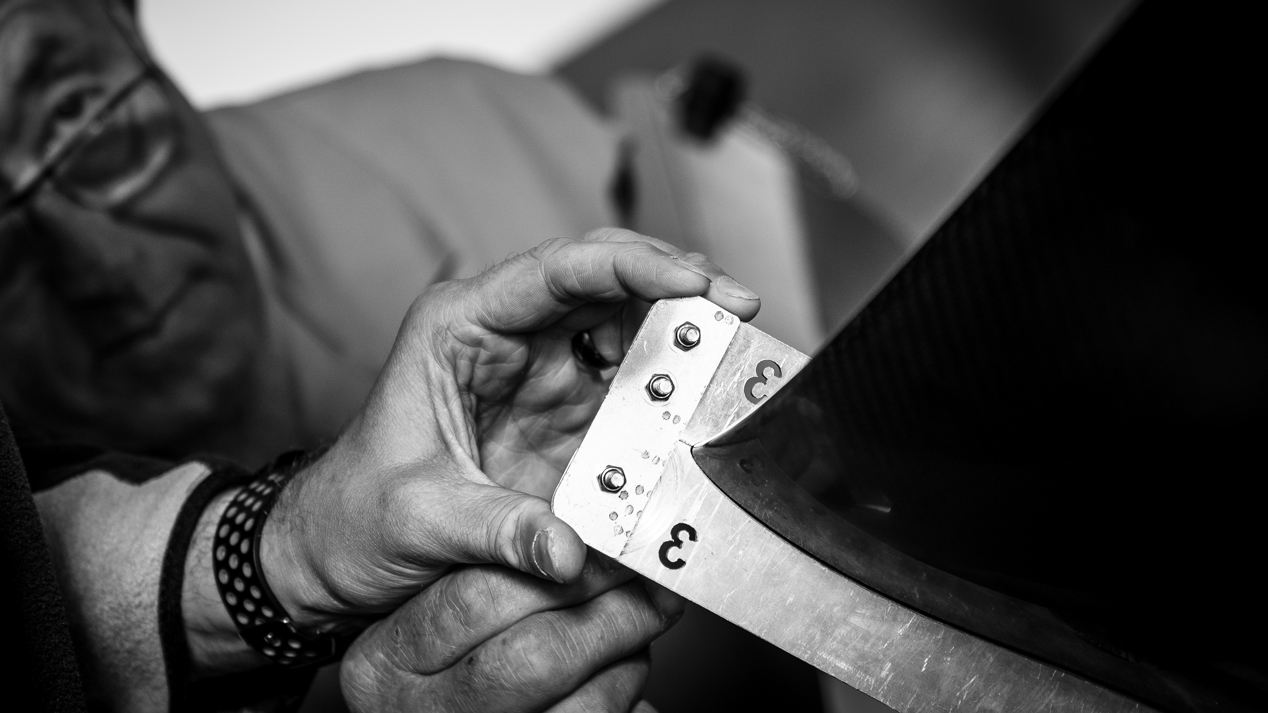
Race management team
In addition to the Race Officer, there are a number of other roles which form part of the race committee and are vital to running the racing. Find out more here.
